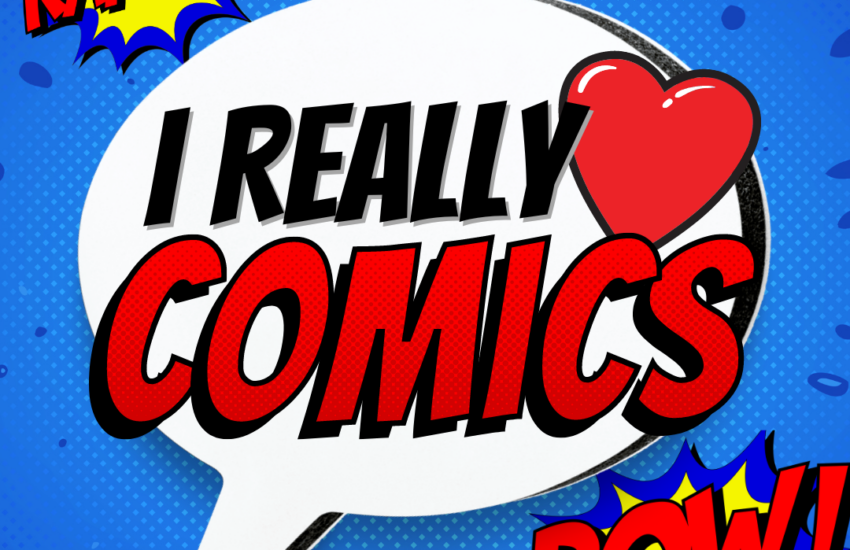Holocaust Remembrance Day (Yom HaShoah) & The Fordham Libraries Rosenblatt Holocaust Collection
[2023 update]
By Evan Frankl, Reference Librarian, Fordham Westchester Campus
Many of us are probably familiar with the “holiday” of International Holocaust Remembrance Day. You may have seen this on social media through the international #WeRemember campaign. This “holiday” was established by the U.N. General Assembly to mark the date (January 27th) that the most infamous of extermination camps, Auschwitz, was liberated by the Soviet Army of the Allied forces. This solemn event marks the darkest chapter of the 20th century, and is a rare occasion of near-unanimous international support for a memorial. However, there is another annual day of remembrance that is observed each year – this year from the evening of April 17th through April 18th. It is known as Yom HaShoah.
What is Yom HaShoah?
Since before its creation in 1948, the people of Israel, a percentage of them arriving as Holocaust survivors, were determined to set aside a memorial date for the tragedy that had befallen the Jewish communities of Europe. An initial proposal was made to set aside the date of the Warsaw Ghetto uprising (pre-World War II Warsaw, Poland having the world’s second-largest Jewish community, after New York City). However, since this fell during the Jewish holiday of Passover (or Pesach), it was not considered appropriate. A compromise set the new “holiday” at seven days after the end of Passover (source: Haaretz). This year, Yom HaShoah starts on the evening of April 17th.
As seen in this report from I24 News (2022), all of Israel – both secular and religious – have developed an annual series of rituals (with Interfaith participation) to mark the date. The most public display of Yom HaShoah is the two-minute nationwide “freeze.” Traffic stops and people stand in place, while air raid sirens wail throughout the country.
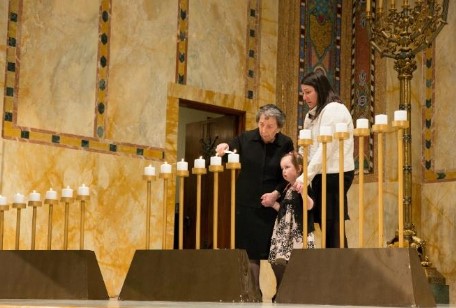
As a religious holiday, Yom HaShoah is relatively new, and both the liturgy and rituals throughout the various Jewish communities are still very much in flux. In New York, as across the U.S., ceremonies may be public or private, led by clergy or laypersons, held in sanctuaries, Jewish Community Centers, or public buildings. Commonalities include the lighting of 6 memorial candles, the chanting of a special version of the prayer El Maleh Rahamim (G-d Full of Compassion), and a group recitation of the Mourner’s Kaddish (“sanctification,” a prayer still chanted in its original Aramaic.)
The Rosenblatt Holocaust Collection at Fordham University Libraries
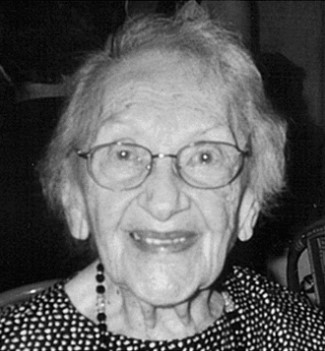
Fordham alum Mr. Sidney Rosenblatt (FCLC ’82) believed that during his time studying at Fordham, the Library’s holdings regarding the Holocaust were inadequate for a first-class research university. In 1991 he decided to start a collection of Holocaust books at Quinn Library (later moved to the Walsh Library) that has grown into a collection of over 10,000 books, films, & artifacts.
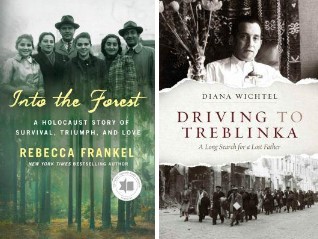
As with many atrocities, there was an initial surge of newspaper coverage and books published. However, given the combination of survivors happy just to have survived, and mid-20th century custom that people did not discuss their war experiences, publication of Holocaust memoirs and research books only started to significantly increase in the last 30 years (about the time of the start of the Rosenblatt Collection). The Rosenblatt collection contains a great number of personal memoirs (and biographies) from different facets of the Holocaust. Almost 200 of these volumes were published in the last decade. Although far from “light reading,” there are almost 300 volumes (most in English) of appropriately toned fiction written about the Holocaust in the Rosenblatt collection.
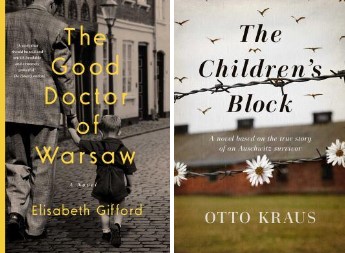
Even graphic novels have entered Holocaust literature, the most famous being the Maus series by Art Spiegelman.

An invaluable part of the Rosenblatt Holocaust Collection Guide is the “Holocaust Studies in America” section. This provides links to twenty different museums and archives (such as the archives of the Leo Baeck Institute, and the Kupferberg Holocaust Resource Center and Archives) to assist with research on both the macro and local level. New York City alone has at least 11 such collections.
Museums and Places of Reflection
Probably the most famous Holocaust museum in the U.S. is the United States National Holocaust Memorial Museum, opened in 1993 near the National Mall in Washington, D.C. For those members of the Fordham community wanting a closer physical resource, the Museum of Jewish Heritage: A Living Memorial to the Holocaust can be found locally in Battery Park City. For outdoor, contemplative experiences, the Fordham community has two options: first, the Warsaw Ghetto Memorial Plaza (Riverside Park at 82nd St.) is only 1.5 miles from Lincoln Center campus. Second, the Garden of Remembrance in downtown White Plains is only 2 miles from Westchester campus.
Finally…Why?
According to estimates produced by researchers for the Conference on Jewish Material Claims Against Germany, there are now under 50,000 Holocaust survivors alive in the United States, and the majority are over age 85. There will only be 10-15,000 survivors left by the end of this decade. As the last of this generation fade into history, it is important to learn, important to remember, and most importantly – to never forget.

